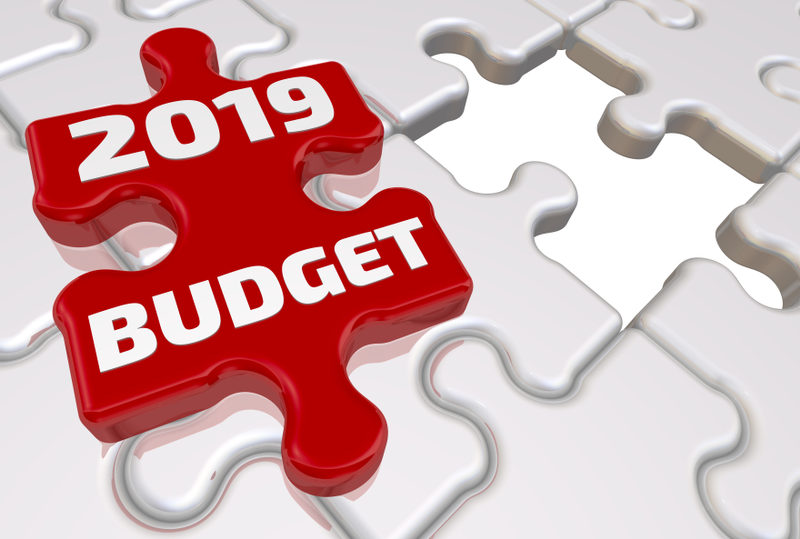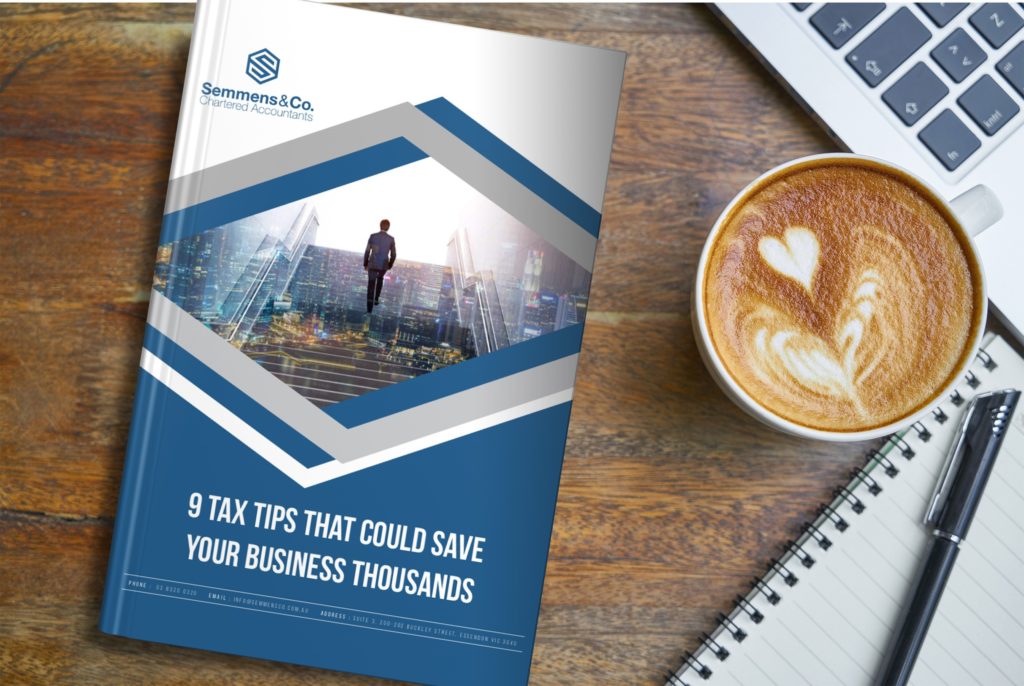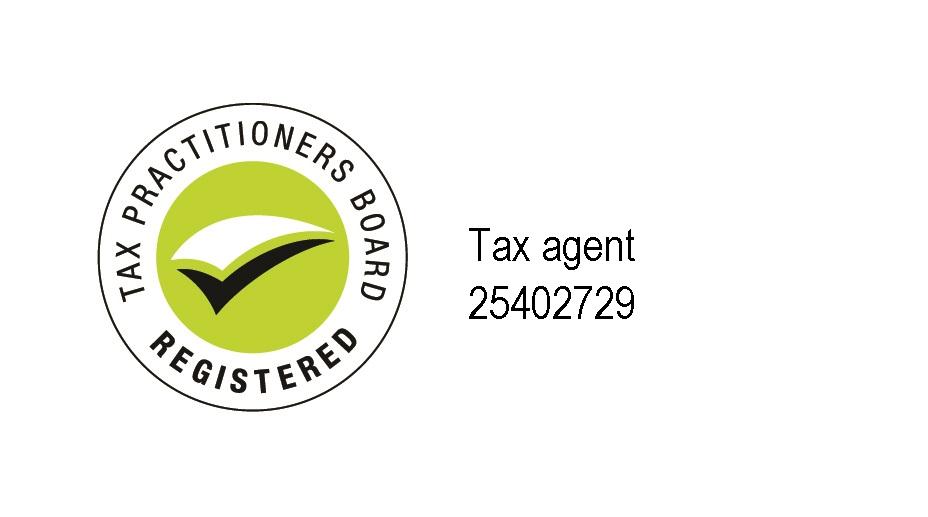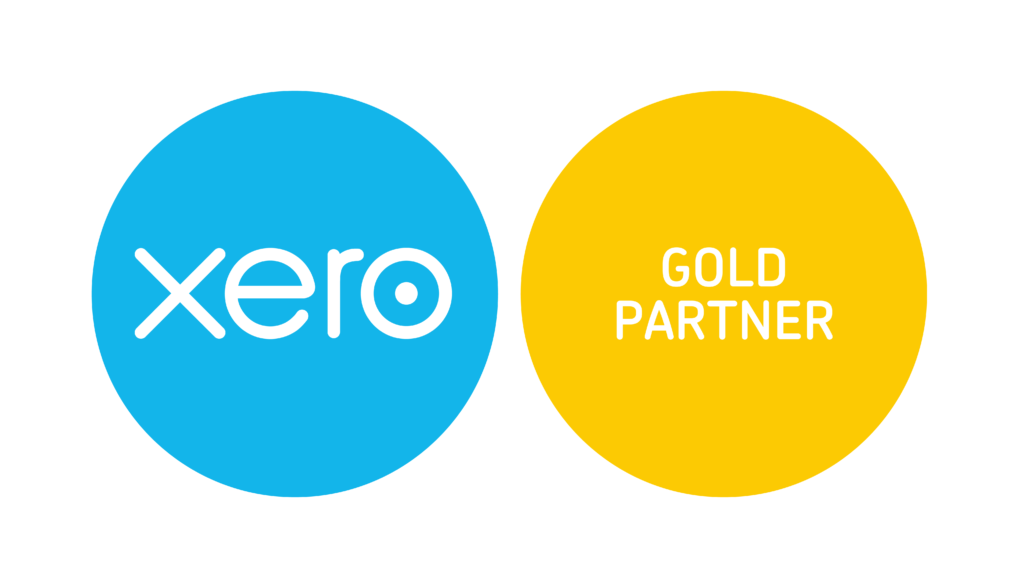Budget 2019 – Tax Highlights

The 2019 Budget seeks to position the Coalition Government as the economic manager Australians needs and trusts – by enticing voters with the biggest personal tax cuts since the Howard regime. “Tonight, I announce that the Budget is back in the black and Australia is back on track,” Mr Frydenberg said to a roar of cheers from the Government benches. Sadly, this leading remark was a carbon copy of the phrase used by Peter Costello back in the day.
However, in reviewing the proposed tax changes, the words of the Coalition Government appear to ring true in their proposed actions. In the accelerated income tax plan unveiled in the 2019 Budget, the Government appears to be setting the stage for real structural tax reform, in what looks like a two-step program. The plan appears to have two major horizons: horizon one uses tax offsets to quarantine relief at the lower levels before horizon two kicks-in, with fundamental changes to marginal tax rates – with lower rates and higher thresholds.
Below we have tabled the items impacting individuals, families, seniors and business, as well as superannuation. Key highlights for tax payers:
- ‘Enhanced’ personal income tax cuts for low and middle-income earners in 2019 tax returns
- Instant asset write-off threshold boosted to $30,000 from Budget night
It is also important to note, that the Government needs to be re-elected before these measures can be tabled for consideration in Parliament. Further, the legislation needs to be passed before the any of the proposed changes can come into effect.
Income Tax Changes for Individuals, Families and Seniors
There are tax cuts promised for working Aussies, starting with those earning $18,200 a year but most of the tax relief is directed to middle income earners.
The budget plans to increases the maximum tax relief available through the Low to Middle Income Tax Offset (LMITO) from $530 to $1080 per individual. Families with two people earning between $48,000 and $90,000 will receive $2160. The maximum amount of the LITO will also rise from $645 to $700. 4.5 million taxpayers look to benefit by receiving the full LMITO in the 2018-19 tax year. Further, he Government intends for this relief to be available for the next three years.
The LMITO is really a transition plan, designed to ensure that tax relief is directed towards lower income earners, in preparation for permanent structural reform in ~3 years.
It is envisioned that from 1 July 2022, the Government will enforce the benefits for low to middle income earners by replacing LMITO and LITO with structural changes to the marginal tax bands. Hence, while LMITO will disappear, other measures will come into play.
The plan is to amend the top threshold of the 19% tax bracket, increasing it from $41,000 to $45,000. Further, the upper threshold for the 32.5% tax bracket will go from $90,000 to $120,000 in 2022. The widening of the top threshold of the 19% tax bracket (from $41,000 to $45,000) is an attempt to stop 560,000 taxpayers from entering the 32.5% tax bracket in 2022-23.
Lastly, the budget also notes that there is a desire to reduce the 32.5% marginal tax rate from 32.5% to 30% in 2025.
The budget also aims to increase the Medicare low-income thresholds for singles, families, seniors and pensioners (single and families) for the families with children in school.
The list of countries whose residents are eligible to access a reduced withholding tax rate of 15%, on certain distributions from Australian managed investment trusts (MITs), will be updated.
There will be a one-off Energy Assistance Payment of $75 for singles and $62.50 for each member of a couple eligible for qualifying payments on 2 April 2019 and who are resident in Australia.

Business Tax
The government is fast-tracking planned tax cuts for small and medium businesses by five years. The tax rate will come down from 27.5% to 26% next year and, 25% by 2021. Fast-tracking the tax cuts will benefit around 970,000 companies, which employs ~5.2 million workers.
The instant asset write-off threshold for businesses with a turnover of less than $10m, will increase to $30,000 for eligible assets (that are first used, or installed ready for use, from 7.30 pm on 2 April 2019 to 30 June 2020). Around 22,000 additional businesses will now be eligible for the write-off, which can now be used every time an asset under that amount is purchased.
Businesses with an aggregated turnover of $10m or more (but less than $50m) will be able to immediately deduct purchases of eligible assets costing less than $30,000 (if they are first used, or installed ready for use, from 7.30 pm on 2 April 2019 to 30 June 2020).
However, be aware that the Coalition’s increased instant asset write-off thresholds ($25,000 to apply from 29 January 2019 and $30,000 from Budget night) and the enhanced personal tax cuts, are yet to pass Parliament. The message is simple: don’t bank the tax savings just yet.
The start date of amendments to Div 7A will be delayed by 12 months to 1 July 2020.
Australian Business Number (ABN) holders will be required to lodge their income tax return and confirm the accuracy of their details on the Australian Business Register annually to retain their ABN status.
While the Budget has offered tax relief for small to medium-sized businesses, there are no tax cuts for companies at the top end of town. If your business pulls in more than $50m, there are no tax cuts. Instead the Government will be cracking down on big businesses who try to avoid tax – to make sure they pay their fair share.
Digital Transformation
The current roll-out of Single Touch Payroll is stage 1 of a much bigger plan, with the ATO and Department of Veterans’ Affairs allocating $82.4 million over four years (from 2019-20) to support greater data-sharing amongst Government agencies, like the Department of Human Services.
The Government will also invest $67.1 million in 2019-20 in the development of the GovPass Program, which is essentially a national digital identity program. On the surface, the aim of the program is to give all Australians access to online government services. However, the underlying agenda and long-term plan may be to improve the Governments digital infrastructure, and enticed Australian’s into using myTax to self-serve (online tax return preparation and lodgment). This will increase the Governments access to information exponentially and improve their ability to audit.
Tax Integrity and the Black Economy
The ATO’s Tax Avoidance Taskforce will extend its operations and expand its activities, including increasing its scrutiny of specialist tax advisors and intermediaries that promote tax avoidance schemes. This new funding for the ATO will help them recover unpaid tax and superannuation liabilities – with a focus on large businesses and high-wealth individuals.
Further, a Sham Contracting Unit will be established within the Fair Work Ombudsman, to address sham contracting behavior by some employers.
Minor amendments will be made to the hybrid mismatch rules to clarify their operation from 2019. The Hybrid Mismatch rules, which were first announced in the 2016-17 Budget, aim to prevent multinational companies from gaining an unfair advantage by avoiding income tax or, obtaining double tax benefits through a mismatch of tax rules – meaning they exploit the differences in the tax treatment of an entity under the laws of two or more countries (tax jurisdictions).

Superannuation
Older Australians will get some nice perks from this year’s Budget. They’ll now be able to put money into super for longer, even if they are not working.
Currently anyone aged between 65 and 74 must work at least 40 hours a month if they want to make voluntary contributions to their super. But from July 1, 2020, the age limit will be increased to 67 so they don’t have to be working to put money in super.
Anyone aged under 67 will also be allowed to make up to three years’ worth of voluntary contributions in one year. This means they will be able to put up to $300,000 in their account in one year (if they haven’t put any other extra money into super in three years).
Those lucky seniors who have a partner willing to contribute to their super, will also be able to do this for longer. The restrictions on claiming the spouse contribution tax offset will be eased from 1 July 2020, giving 70 to 74-year-old spouses eligibility.
The calculation of exempt current pension income will be simplified for superannuation funds from 1 July 2020, allowing a preferred method of calculation and removal of some actuarial certificates.
Transitional tax relief for merging superannuation funds will become permanent from 1 July 2020.
Super Stream will be expanded from 31 March 2021 to include electronic ATO requests for release of superannuation funds and SMSF rollovers.
Social Security
Single Touch Payroll reports lodged by employers will be shared with social security agencies from 1 July 2020.
Family Tax Benefit eligibility will be extended to the families of ABSTUDY (secondary) student recipients who are aged 16 years and over and, are required to live away from home to attend secondary school.
The HELP debt incurred for recognized teaching qualifications after teachers have been placed in very remote locations of Australia for four years (or part time equivalent) will be extinguished. Indexation on HELP debts of all teachers while they are placed in very remote locations will no longer accrue from 14 February 2019.
Infrastructure Projects
This budget is heavily focused on infrastructure investment. It aims to boost infrastructure spending to $100 billion over the coming decade. “We will deliver new infrastructure projects to ease congestion in our cities, to unlock the potential of our regions, to better manage population growth, and to improve safety on our roads,” Mr Frydenberg said.
The Government intends to invest $15 billion in new road and rail projects. Standout item include:
- $2 billion fast rail connection between Geelong and Melbourne. It will be the fastest train in Australia, with an average speed of 160km/h, and will cut commuters’ travel time in half to 32 minutes.
- Business cases for five more fast rail proposals in New South Wales, Victoria and Queensland.
- Quadrupling the Urban Congestion Fund to $4 billion, which will be used to improve parking facilities around train stations. The government believes that if there was sufficient parking at railway stations, more people would commute via train, removing tens of thousands of cars from the roads and easing congestion in our capital cities.

Drought & Flood
The budget has truly focused on assisting those in regional areas, particularly farmers who are struggling with drought and floods.
The budget included a significant increase in funding for communities hardest hit by drought. Drought recovery initiatives will receive an additional $6.3 billion in drought support and $3.3 billion for those affected by flood. The Government will increase its support of the National Water Infrastructure Development Fund and the Farm Household Allowance and have chosen to support new initiatives like the Future Drought Fund and the new North Queensland Livestock Recovery Agency.
There will be an additional $300 million in grants this year to help flood-affected farmers in North Queensland rebuild, replace livestock and replant crops, adding to the $232 million in relief that had already been made available. These grants will be exempt from income tax.
And to safeguard against future droughts and floods, the Government announced the establishment of a new Emergency Response Fund to the value of $3.9m, to provide a stable source of money to prepare for and react to natural disasters.
The Government is also working with the banks to provide $1.75b in low cost loans and aims to provide lower interest rates to flood-affected farmers.
Health and Mental Health
The Government is trying to support health by committing $308.9m to improving the accessibility of services like x-rays and ultrasounds. Out-of-pocket costs for these scans will also be reduced.
Five drugs have been amended or added to the Pharmaceutical Benefits Scheme (PBS) and two lifesaving drugs used to treat Hereditary Tyrosinemia Type-1 and Batten Disease will be available for free.
A Grants Program to improve outcomes for Australians living with chronic disease will be established. There is more funding for diabetes research and the Government has pledged $5b for a Medical Research Fund, to go towards clinical trials and other research.
The Government aims to provide $229.9m (over seven years) to mental health, to help fund the trial of eight mental health centers. About $6.1m will be provided for the establishment of Grace’s Place, a residential trauma recovery center for children and, $5 million for a purpose-built at Repatriation General Hospital, Adelaide to help people with eating disorders. Another $263.3 will be provided from 2018/19 to improve access to youth mental health services.
First Home Buyers
For the second year in a row, there is no further assistance for first home buyers. Whilst the Government appreciates that housing affordability is an issue, it’s isn’t a priority for the government, who have chosen to instead to assist those in community housing. There is no offering here that will make it easier to save a deposit for your first home.
Once again, it is also important to note, that the Government needs to be re-elected before these measures can be tabled for consideration in Parliament. Further, the legislation needs to be passed before the any of the proposed changes can come into effect.
If you would like more information on how the proposed budget may impact you, feel free to contact Semmens & Co on 03 8320 0320.
If you’re looking for more information on how to maximize tax benefits for your business, download our e-book Top 9 Tax Tips That Could Save You Thousands or, learn more about these strategies by registering to attend our webinar.







